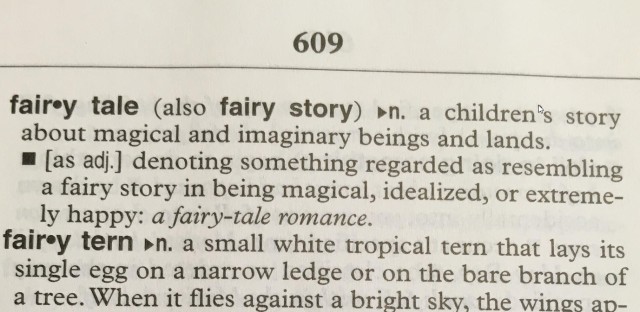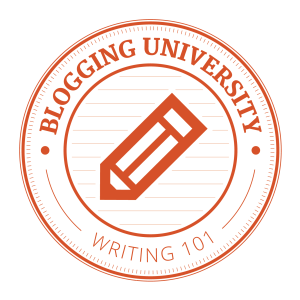You would think this a simple question, but I have looked in several books about fairy tales and not found a clear direct definition.
The 2nd edition of The Harper Handbook to Literature (1997) which I saved from my graduate student days has a most unhelpful definition. It does not even mention any protagonist but only the villains. Then it goes on to list collectors, editors, authors of fairy tales.
 In his book The Great Fairy Tale Tradition, Jack Zipes does not offer a straightforward definition either. He talks about how the literary fairy tale emerged as a separate literary art form in seventeenth-century France from the oral tradition of wonder tales. He writes, “All the early writers of fairy tales borrowed from other literary and oral tales, and thus their narratives can be regarded as retellings that adapt the motifs, themes, and characters to fit their tastes and the expectations of the audiences for which they are writing” (xii).
In his book The Great Fairy Tale Tradition, Jack Zipes does not offer a straightforward definition either. He talks about how the literary fairy tale emerged as a separate literary art form in seventeenth-century France from the oral tradition of wonder tales. He writes, “All the early writers of fairy tales borrowed from other literary and oral tales, and thus their narratives can be regarded as retellings that adapt the motifs, themes, and characters to fit their tastes and the expectations of the audiences for which they are writing” (xii).
Max Lüthi, an early 20th century Swiss folklorist, described fairy tales in his book Once Upon a Time: On the Nature of Fairy Tales by examining a series of famous stories. The English word “fairy tales” translated the German one “Märchen.” He says that the fairy tale should not be taken literally but interpreted symbolically so that the actors (Proppian term) and the motifs should be understood as representations of larger themes and questions of the human experience, the human soul, and the human interaction/confrontation with the world.
In her book Once Upon a Time: A Short History of Fairy Tale (2014), Marina Warner spends several pages describing the genre:
- it is a short narrative of a page or a long novel
- it seems familiar and connects to other similar narratives
- it shows some allegiance to the past
- it seems to have some connection to oral tradition or story-telling
- it uses symbolic language or motifs to suggest larger issues of the soul or morality or human development
- it contains acts of imagination or creation
- it seems to have a flat surface which allows multiple interpretations
But she does not give a straightforward definition.
In her book, The Classic Fairy Tales, Maria Tatar says the fairy tale is a narrative of transformation. I don’t have the book right in front of me, but that is what I remember from my perusal of it last night.
In his 1905 edition Fairy Tales Every Child Should Know, Hamilton Wright Mabie finally gives a simple definition: “The fairy tale is a poetic recording of the facts of life, an interpretation by the imagination of its hard conditions, an effort to reconcile the spirit which loves freedom and goodness and beauty with its harsh, bare and disappointing conditions. It is, in its earliest form, a spontaneous and instinctive endeavor to shape the facts of the world to meet the needs of the imagination, the cravings of the heart. It involves a free, poetic dealing with realities in accordance with the law of mental growth; it is the naïve activity of the young imagination of the race, untrammelled by the necessity of rigid adherence to the fact” (Introduction).
It is fascinating that the simplest definition of “fairy tale” as a genre comes from the earliest source. What does that say about how in the late 20th and early 21st century we have destabilized and undermined and caveat-ed any definition so it cannot be authoritative.
But wait! The New Oxford American Dictionary (2001) does provide a definition of “fairy tale.” How could I forget about the dictionary?

In conclusion, I don’t feel too badly that I could not come up with a comprehensive, sweeping definition of “fairy tale” for my seniors, who were asking under the pressure of having to write an original fairy tale or retell an old fairy tale.We did agree on a series of descriptors:
- it contains a constellation of motifs common to fairy tales (think Stith Thompson’s motif index)
- it contains at least one magical element or event
- characters who are somewhat abstract and can represent virtually anyone
- narrative contains a conflict or challenge
- uses the language or phrases of fairy tales (godmother, witch, dragon, etc)
- repetition of threes
- set in the past or a faraway place or a non-named contemporary place
I will say that in my quest to find a definition, I was reminded of some German terms which might be useful to introduce:
Kunstmärchen or literary fairy tale
Volksmärchen or oral folk tale
Zaubermärchen or wonder tale
German is such a wonderful language to be able to create compound words to capture shades of meaning. And given that the Grimm Brothers were two of the earliest and most influential creators / editors / collectors of fairy tales, it is quite appropriate.


